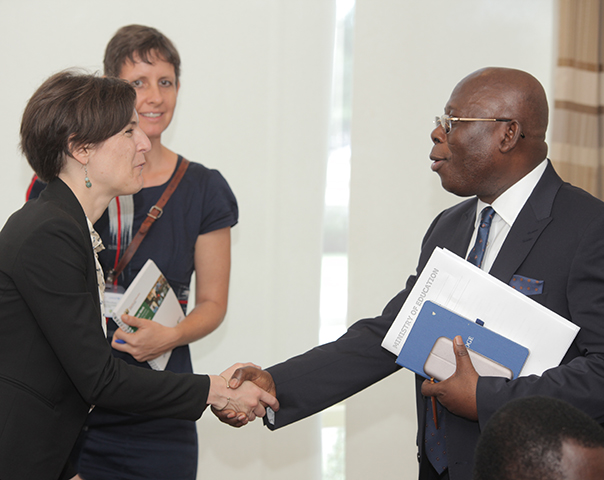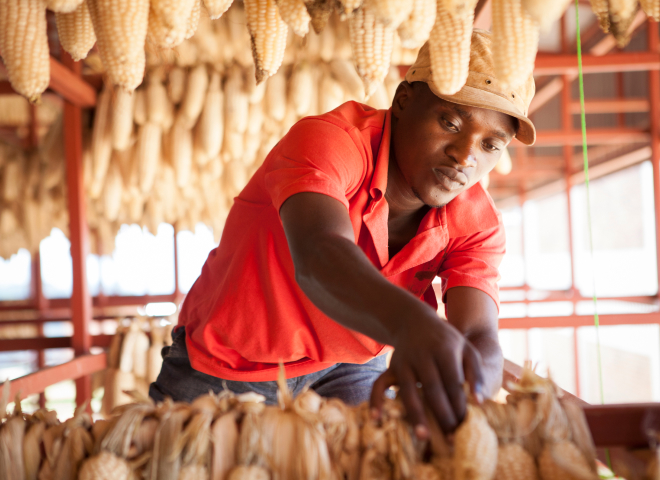Instant payment systems enable instant account-to-account transfers between different financial institutions ("off-net," or "off us" payments). These systems have been adopted across the world to conduct transactions, including InstaPay in the Philippines. Government regulators and payment switch operators must balance the low prices needed to drive adoption against the need to collect sufficient revenue to operate the system and allow financial service providers (FSPs) to profit and encourage new use cases. Experiences from COVID-19—when many regulators mandated free off-net payments—suggest that lower prices can stimulate adoption, but also that offering attractive use cases for off-net payments remains crucial.1 Moreover, in countries where financial institutions choose payment prices themselves, they face a trade-off between higher prices and potentially higher revenue on the one hand, and lower prices and the potential for more rapid growth in users and use case adoption on the other.
In partnership with IPA Philippines and Rizal Commercial Banking Corporation (RCBC), a leading commercial bank in the Philippines, researchers are conducting a randomized evaluation to assess the relationship between the price of off-net payments and their use by consumers. Approximately 16,000 users of InstaPay will be randomly assigned to receive InstaPay for free, a low price, a medium price, or a high price. Researchers will estimate the influence of the varying price levels on demand for off-net payments and identify the consumer welfare benefits of off-net payments.
Results will be available in 2025.
Sources
1. Yakean, Somkid. "Advantages and Disadvantages of a Cashless System in Thailand during the COVID-19 Pandemic." The Journal of Asian Finance, Economics and Business 7, no. 12 (2020): 385-388.
Coskun, Melih, Ebru Saygili, and Mehmet Oguz Karahan. "Exploring online payment system adoption factors in the age of COVID-19—Evidence from the Turkish banking industry." International Journal of Financial Studies 10, no. 2 (2022): 39.











